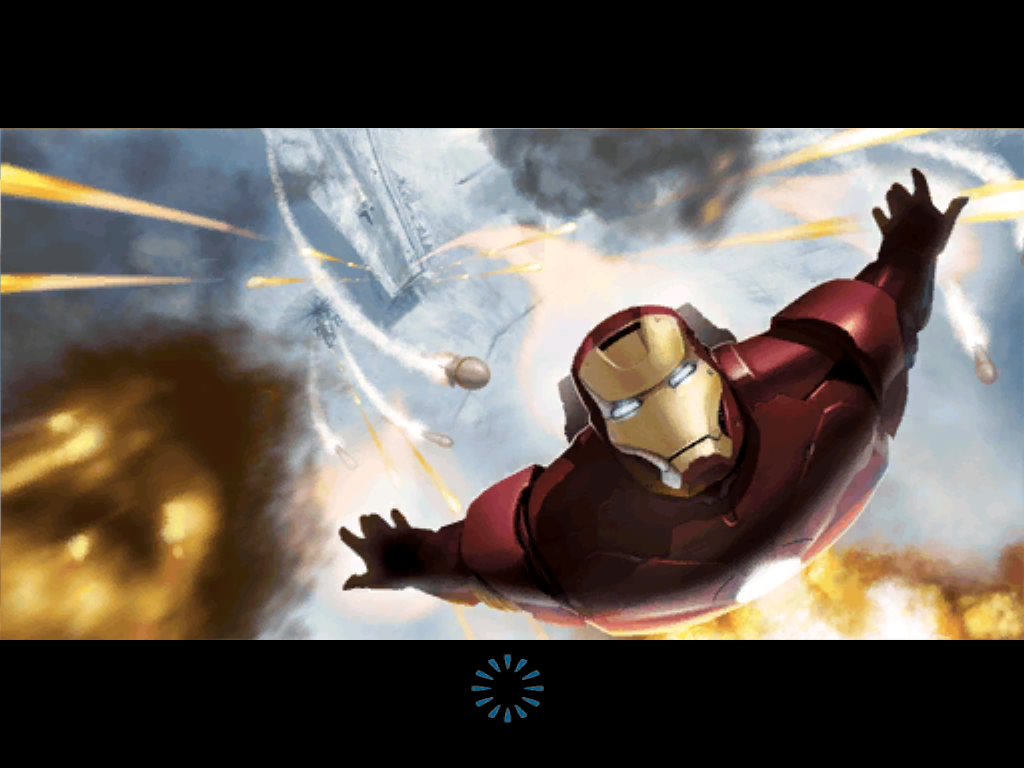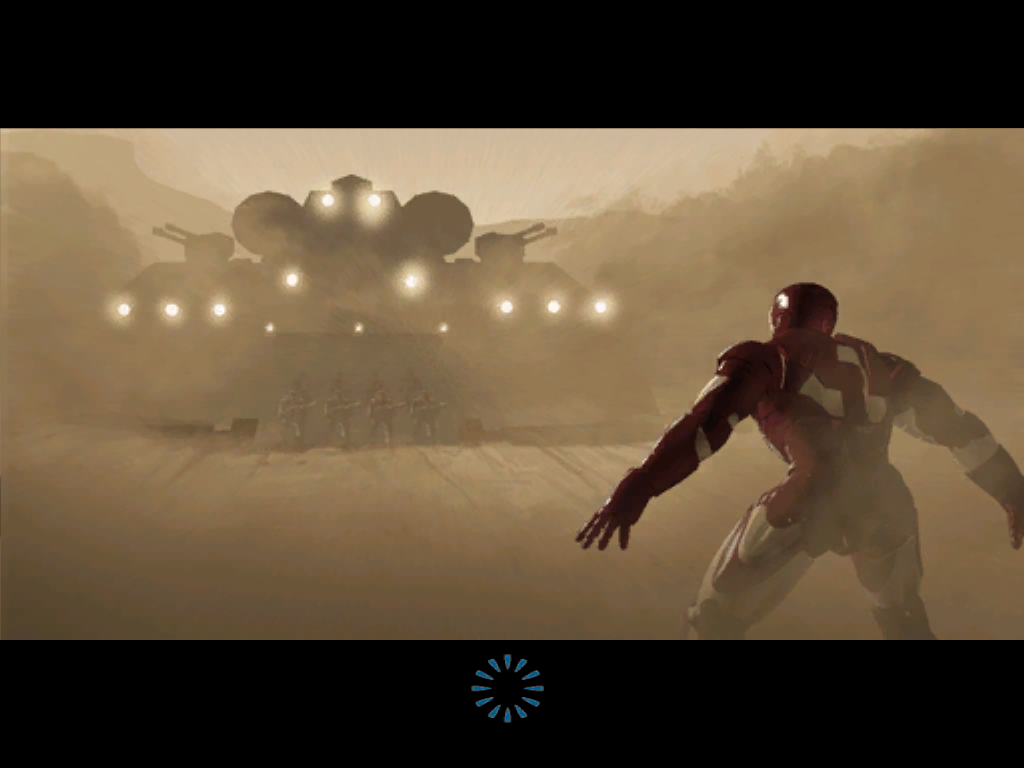Hidden Gems of Game Design: Volume 12
Sifting through the noise to find Forced Showdown, Daedues, and Iron Man

There are plenty of amazing games that go unnoticed and are not widely played for one reason or another. Maybe it's a diamond in the rough, or the marketing wasn't there, or it could be a game ahead of its time. For this monthly series, I've asked my fellow writers on SUPERJUMP to pick a game they think is deserving of a chance in the spotlight. Let us know your favorite hidden gems in the comments.
Josh Bycer
Forced Showdown (2016)

The deck-building roguelike craze kicked off in full swing in 2019 with Slay the Spire, but before that, there were developers experimenting with the design to either smaller, or no, success. For my pick this month, I want to turn to another game that feels like it came out at the wrong time - Forced: Showdown from Betadwarf.
The Forced brand by the studio continually changes from game to game; the first one was a cooperative top-down action game with puzzle elements. Showdown combines deck-building roguelike mechanics with the design for a surprising take. Players are a part of the show by the same name, where contestants battle in arenas for fame and prizes. As you play through each area, you’ll find upgrades and new abilities in the form of cards. The cards themselves are varied and dependent on the character you’re playing as.
As the game goes on, progress is measured by winning different “shows” and the difficulty and length of a run increases. The game will introduce negative modifiers that allow you to decide how to make your run more difficult.
The twist of the game is that all the cards that you can find during a run, come from your created deck. Again, this game came out in 2016, a very long time before the deck-building roguelike became popularized and games like Back 4 Blood used deck-building differently. The variety of cards here worked well with the different characters – one character could get cards that would give them more life steal and better melee damage.

Make no mistake, this is a hard game to play, as later arenas become full of bullets and enemies that you will need to get around. This can lead to some grinding of runs to get the necessary resources to unlock more cards, or complete challenges to get new benefits for characters.
Unfortunately, like a lot of the deckbuilding-styled games, it really did come out at the wrong time and without any fanfare. The problem with the design was that the cards either were so important that you needed them to even have a chance, or they didn’t do enough to make them worthy of being in your deck. Even still, you also needed to be really good at the action gameplay in order to deal with the bosses and encounters. The negative modifiers that could come up randomly could completely change the state of a run, and getting the wrong modifier for a boss fight could easily end your play.
Like a lot of roguelikes I’ve played, the diminishing returns of unlocks coupled with the high difficulty kept the game from becoming a mainstream success. Speaking of success, the developer's third game, Minion Masters, actually worked quite well as a live service game and is going strong to this day. Still, I do wish that the concept was explored more, as there have been plenty of deck-builders, but very few that were action-focused. If you’re looking for a different take on the genre and don’t mind the challenge, Forced: Showdown is worth a play.
Geordi Ferguson
Deadeus (2021)

Plagued by a prophetic dream that everything will end in three days, Deadeus follows a young boy trying to unravel the truth of the matter in a small village.
As a child, the character and the player are unequipped to handle this task; wandering almost aimlessly in a village where people seem to dismiss such childish fears or simply bury their heads in the sand. Nagging doubts clash with a pervasive certainty that something is wrong, but such an unseen threat can hardly be prepared for or stopped.
Homebrewed by Adam Birch, and released for free (playable on PC using a Game Boy emulator), Deadeus is a small-scale adventure game, focused on contextual puzzles, exploration, and conversing with the villagers. Each new day brings new things to discover (and miss) leading to eleven possible endings. A few involve careful planning throughout the three days while others are simply succumbing to existential weight. Eleven endings may seem staggering, but Deadeus is a shorter experience with efficient storytelling, that still manages to tell something with a large reach.

There is an insidious nature to the game that seeps into every moment; a deep dread contrasting with the game's simple and almost innocent Game Boy stylings.
Deadeus uses its Gameboy-specific limitations to create a tightly woven, intimate, and claustrophobic experience. Its classic pea-soup colour palette gives it the feeling of an odd dream. The contrast between the 90's Nintendo aesthetic and the dark underbelly of the town, shows how the innocence of youth can leave one blind to the horrors around them. The small scale of the village mimics the boundaries of play imposed by a parent. Roads out of town beckon you to leave and run away from it all, but the problem at the core of the story is unavoidable, leaving you feeling trapped to grapple with your own mortality.
The end comes for all of us, after all, so is there even anything you can do about it?
Antony Terence
Iron Man (2008)

Over a decade ago, Marvel took its first steps toward building its cinematic universe. These films consisted of solo escapades that set the stage for the multiverse-hopping and star-studded projects we’ve come to expect from the MCU. Back in 2008, the Iron Man film kicked off Phase One of Marvel’s grand cinematic efforts, culminating in 2012’s The Avengers.
Alongside Robert Downey Jr.’s stellar performance as the man in metal, Sega published the Iron Man videogame, a big-budget attempt at a videogame tie-in. Games have drawn inspiration from Marvel’s comics in the past but this was the first time a game adaptation dropped right alongside a Marvel film.
Iron Man didn’t quite redeem the reputation of videogame tie-ins, but it did fulfill the timeless fantasy of wearing a suit of armor and going head-to-head against an army. The game lets you customize your suit before missions, letting you tinker around with core systems, repulsors, and mobility enhancements. For instance, you could pick a rapid-fire Gatling repulsor over a heavy-hitting powerful ion repulsor. The missions themselves had rather bland objectives that involved various degrees of destruction. As you cleared these levels, you’d gain in-game currency to unlock new weapons and suit modifiers.
While the game’s mediocre cutscenes retell a shallow version of the film’s major beats, the gameplay is where Iron Man begins to soar, albeit with some turbulence. The game lets you redirect your energy source, meaning that you could pick between boosting health regeneration, movement, or attack power at any given moment. The weapons themselves packed a punch too, ranging from repulsors to cooldown-based missiles.
Zooming around and blowing things up felt incredible, especially with the game’s array of special effects. The experience was at its best when it let you steamroll the many enemies as you weave across the sky, dodging missiles and tearing helicopters in two. My main complaint? Those same enemies, seemingly never-ending, plague you like a swarm of locusts as you head from one objective to another.

Being forced to take cover as your health regenerates makes sense when you’re a lone soldier fighting impossible odds. But for a game designed to fulfill the superhero fantasy of mowing through armies without breaking a sweat, Iron Man forces you to hide behind structures at a rather concerning frequency. The lack of a checkpoint system made this even more frustrating.
I didn’t mind this drawn-out gameplay loop as a kid. Flying around in Iron Man’s massive war zones felt incredible all by itself. But today, I certainly don’t appreciate waves of respawning enemies keeping me from objectives that were ordinary to begin with. Iron Man felt great to maneuver and an array of weapons meant that it would take a while for combat to turn stale.
But its near-infinite waves of enemies did just that, robbing me of what could have been a good time. It’s worth an experimental look but I wouldn’t relive those dozen missions again. I hope EA Motive accounts for the stumbles of their predecessor as they work on the next Iron Man video game.


